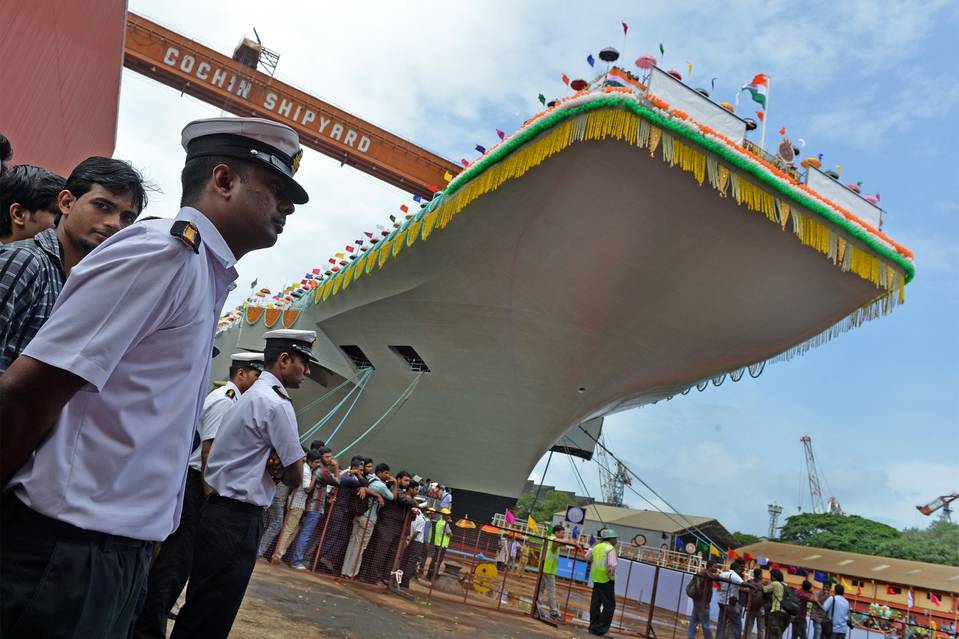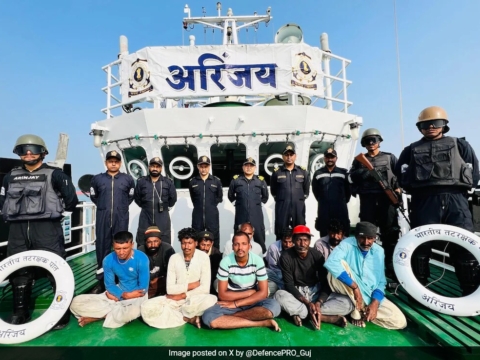
NEW DELHI (Diya TV) — When America’s top Naval engineers arrived in India to inspect the country’s first locally made aircraft carrier they were expecting to be greeted by a near battle-ready ship that would be prepared to help sway China’s growing presence in the India Ocean.
Instead, they discovered the carrier won’t be operational for at least another decade, and a multitude of other shortcomings: no small missile system to defend itself, a limited ability to launch sorties and no defined strategy for how to use the ship in combat.
The findings alarmed U.S. officials who had hoped India could serve as a curb to China’s growing presence in the surrounding waters, according to a report from the Wall Street Journal.
“China’s navy will be the biggest in the world soon, and they’re definitely eyeing the Indian Ocean with ports planned in Sri Lanka and Bangladesh,” retired Admiral Arun Prakash, the former commander of India’s navy, said in the report. “The Indian navy is concerned about this.”
The inspection, which took place back in February in the port of Kochi, is part of the U.S.’s plan to share aircraft carrier technology with the country. Indian naval officials followed up with a tour of an American shipbuilding yard in Virginia and strategy briefings at the Pentagon in September, according to the Journal’s report.
The United States and India are drawing closer and closer as military and political allies, the two nations have gone as far as participating in joint naval exercises with Japan. The U.S. has agreed to sell New Delhi everything from attack helicopters to artillery. Washington has approved proposals from Lockheed Martin and Boeing to build advanced jet fighters in India as well. And finally, in August, the two nations signed a military logistics-sharing accord.
Both Indian and American political officials have said publicly they hope the fostered growth of the relationship will continue to grow under the administration of President-elect Donald Trump, who as a candidate signaled taking a much tougher approach against China. After the U.S. election, the American Ambassador to India said the ties forged with India under President Barack Obama were “irreversible.”
Experts worry New Delhi’s insistence on building complex military gear largely from scratch, a legacy of its period of nonalignment, has led to severe delays in modernizing its carriers, jet fighters and nuclear submarines and limited its ability to fight.
The first homemade Indian carrier, the INS Vikrant, has fallen short of expectations. An Indian state audit, released in July, found serious faults in its design and construction, from gear boxes to jet launching systems and air conditioning units.
The shipyard building the carrier, which has already cost $3 billion, “had no previous experience of warship construction” and is five years behind schedule, the audit said. India’s military sticks by its 2018 deadline.
Information from the Wall Street Journal contributed to this report.




